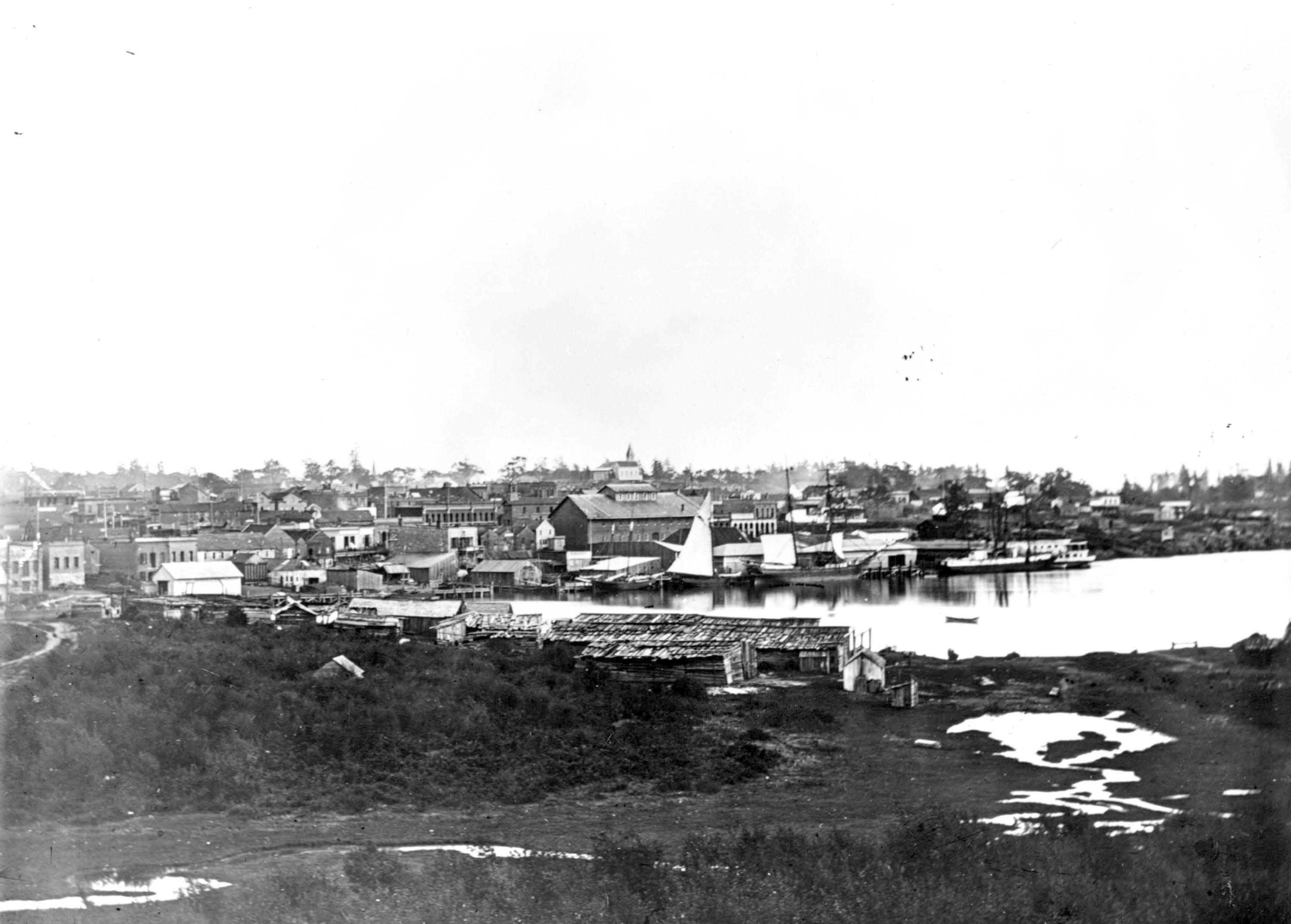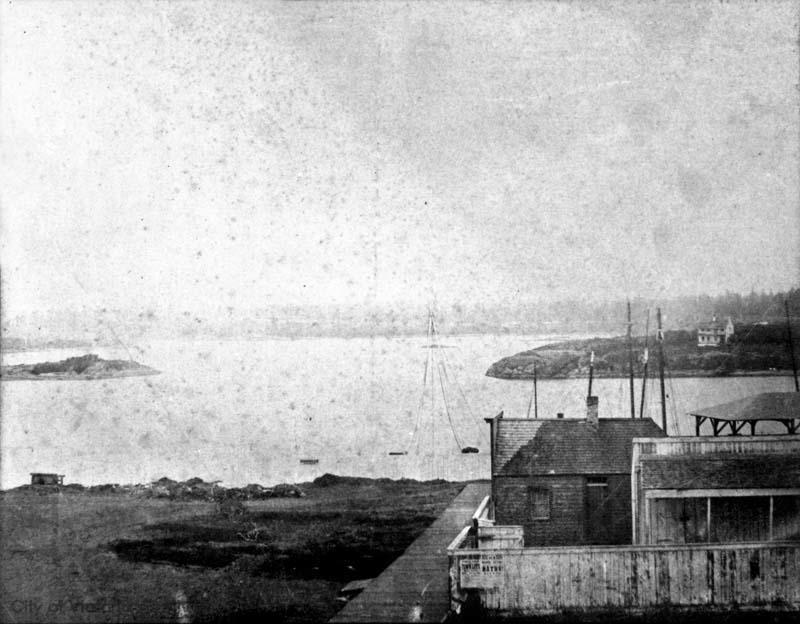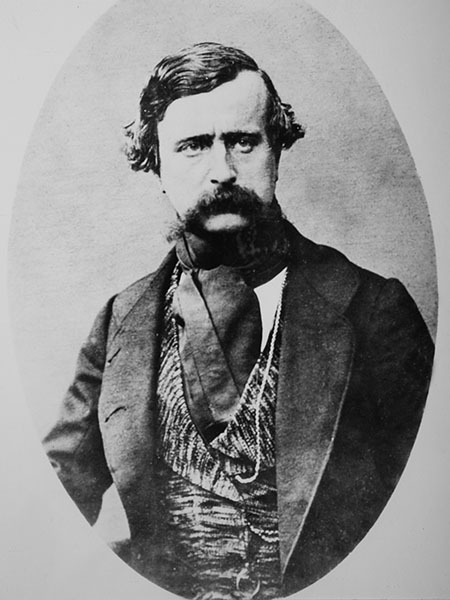In the wake of the Oregon Treaty, Britain was anxious to establish a permanent presence in the Pacific Northwest to protect against further American expansion. However, forming a colony was an expensive endeavour - one estimate was 50,000 pounds, which is over $8.5 billion CAD today. The Colonial Office in Britain, responsible for administering the British Empire from London, faced considerable opposition in the British Parliament and press. In order to avoid these costs that would have no doubt been unpopular, the Colonial Office proposed privatizing the administration and responsibility for colonization on Vancouver Island.
The Hudson’s Bay Company (HBC) was one of many organizations who sought control of Vancouver Island. In addition to being knowledgeable about Vancouver Island’s resources and with the experience of interacting with the local Indigenous peoples, the HBC also had the necessary capital, and a personal interest in Fort Victoria as the future site of the HBC’s headquarters in the region.
On January 13, 1849, a Royal Charter of Grant gave control of the new colony to the HBC for ten years, at the cost of 7 shillings per year. In exchange for proprietary rights, the Charter of Grant required the HBC to promote colonization, and accept the appointment of a royal governor.
HBC set the price of land at one pound per acre, and the minimum purchase was 20 acres of land. Any purchaser of 100 acres or more was required to bring five single men, or three married couples with them, for every 100 acres. Colonists were also required to pay the cost of travel to the new colony. These strict settlement requirements, coupled with the high cost of travel, proved a deterrent to colonization.
The Colonial Office appointed Richard Blanshard to be the first governor of the Colony of Vancouver Island in July of 1849. However, it was not until March of 1850 that Governor Blanshard actually arrived in Fort Victoria from London.



